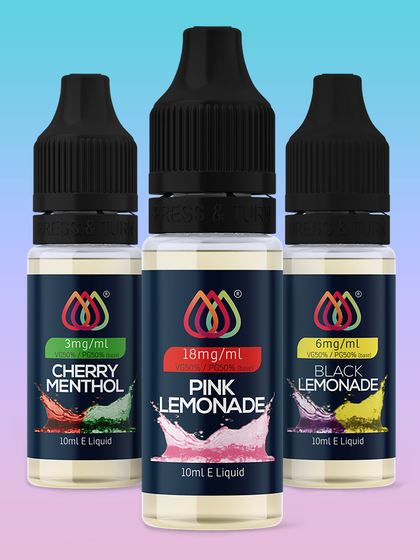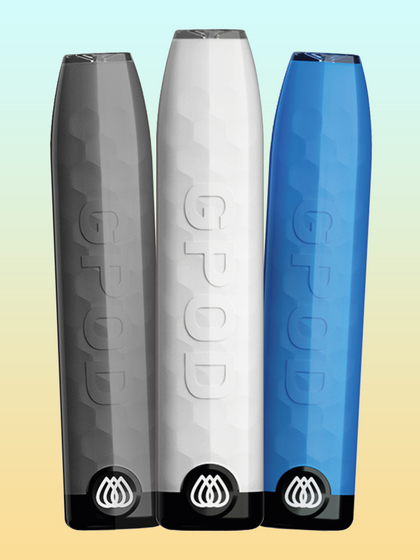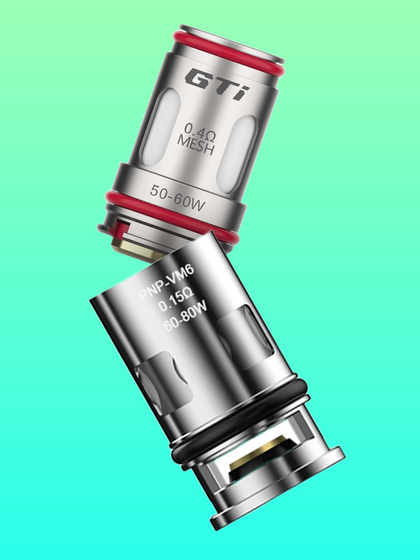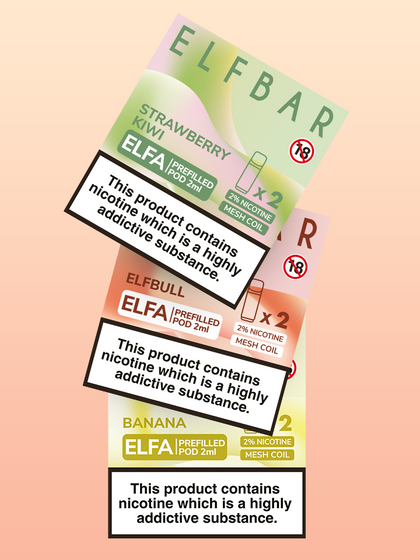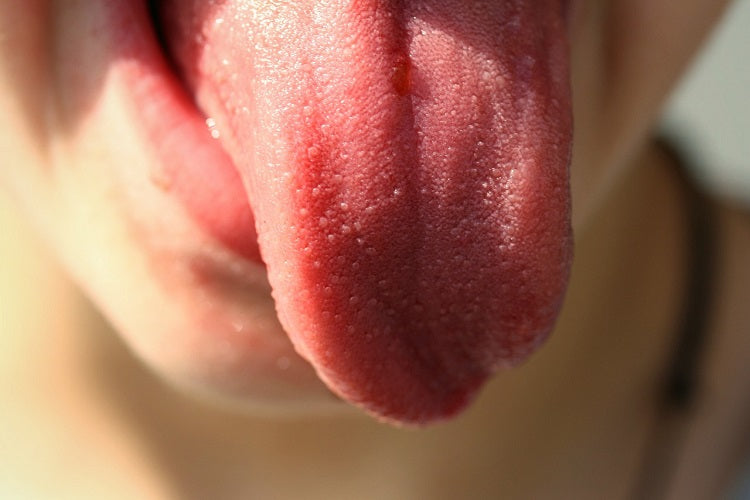My Vape Tastes Sweet: Does It Contain Sugar?
May 2, 2023
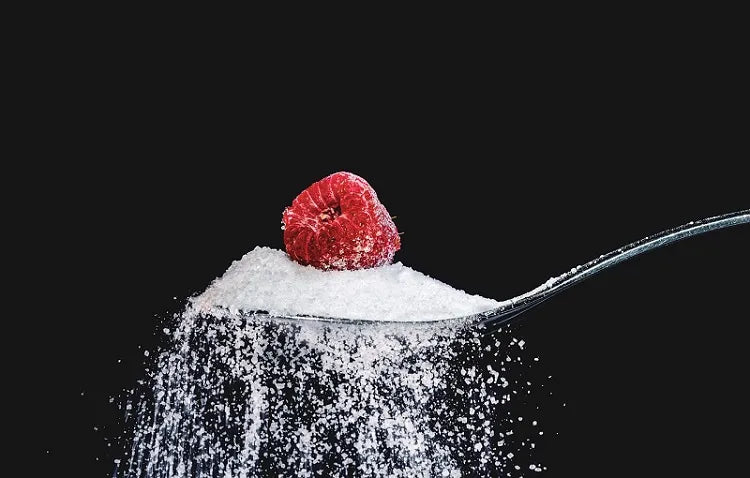
Since the turn of the decade, the rise in the number of vapers worldwide has been nothing short of phenomenal.
While there are millions of non-nicotine vapers who do not vape for the nicotine, many vapers were smokers in the past and have finally found a smoking alternative that works for them.
With the emergence of what is widely considered the most effective tobacco quitting tool – and more and more people coming to terms with the fact that smoking is only likely to lead one to an early grave – the number of vapers is set to skyrocket in the years ahead.
And that can only be a good thing.
Incredibly, not many vapers bother with the nitty-gritty. As long as an e-cig device works as promised and the vape proves effective in keeping nicotine cravings at bay, they don’t give a hoot about much else.
As a vaper, though, it never hurts to know exactly what you’re getting into your body. You don’t have to venture too far into the weeds like one working on a thesis, but there is no harm in having some general knowledge.
Now, one question we get asked a lot that we wish to tackle in this post regards the taste of e-liquids: why do some e-liquids taste sweet? Does it mean they contain sugar, or what is behind the sweet tinge exactly?
Is There Sugar In My E Liquid?
It is true that some e-liquid flavours taste sweet, and you will particularly notice it in offerings in the Sweet E-liquids category as well as VG-heavy flavours.
Before we reveal why some vape flavours taste sweet, it is worth mentioning that sugar in e-liquids would actually work against your device.
You see, when exposed to temperatures above 149°C, sugar decomposes. Vape devices can hit temperatures way above this number, and while there are e-liquids that vaporise at a lower temperature, sugar doesn’t really work that great at high temperatures.
In essence, what it would actually do is lead to rapid coil degradation. Not only that, but the temperatures involved in vaporisation would also make it difficult to perceive the sweetness in your e-juice.
So, in a word, NO: e-liquids do not contain sugar. However, there are some ingredients present in the juice that might explain the sweet taste.
Ingredients In Vape Juice
There are four main ingredients that make up your standard e-liquid:
1. Vegetable Glycerine
Vegetable glycerine (VG) is a popular food additive used in the manufacture of products such as jams, granola bars, processed fruits, canned goods, cream, toothpaste and more. A sugar alcohol, it is used as a preservative to help products retain moisture but also doubles up as a thickening agent and sweetener.
VG is used as a solvent base in vape juice to dissolve other ingredients. It is a natural extract derived from plant oils such as soybean oil, coconut oil and palm oil and is the ingredient responsible for vapour production. The higher the VG content, the denser and bigger the vape clouds.
Vegetable glycerine has a natural sweet taste and in large quantities (think 70/30 mix ratio and above), it is possible to perceive a sweet taste in VG-heavy juices.
2. Propylene Glycol
Propylene glycol (PG) is a petroleum-based synthetic compound that is found in a wide range of household products, including fragrances, deodorants and edibles products as well.
Along with VG, PG accounts for the biggest proportion of e-liquid ingredients. However, PG is often capped at 50% in most e-liquids as it tends to be harsh on the throat in large quantities. Some people can be allergic to PG too, although the allergic reaction isn’t anything major to get you worried (could manifest as a sore throat, for example).
PG is an excellent flavour carrier which is why e-liquids with a decent amount of propylene glycol such as 50/50 e-liquids tend to be quite flavourful.
As with VG, propylene glycol is also considered a sugar alcohol but that’s NOT to imply they are sugars.
3. Flavour
Flavour is another key ingredient in vape juice and what most vapers base their e-liquid selection decision upon.
The list of vape flavours available in the market runs in the hundreds, ranging from fruity vape options to e-liquids based on your favourite bakery and desserts products, and literally any flavour you can think of.
This is one of the aspects of vaping that breathe fun into the pursuit due to the embarrassment of options available at your disposal, with each offering tasting different from the next brand’s.
Depending on what has gone into the blend, flavour may be one of the reasons a vape might taste sweet. Manufacturers are not obligated to outline the list of ingredients in their flavours (provided they are food-grade safe) so most normally don’t in a bid to avoid copycats.
However, as long as you’re buying from a trusted source such as Aquavape that works with centuries-old local flavouring houses, there should be nothing to worry about with regard to the ingredients used or general quality of the juice.
4. Others (Optional)
In addition to the above core ingredients, some e-liquids may also contain the following:
Nicotine
Nicotine is another key component that goes into e-liquids, but unlike regular cigarettes, nicotine in vape juice comes as an option – meaning e-liquid variants may or may not contain nicotine.
Nicotine in e-juice is measured in mg/ml (milligrams/millilitre), with the strengths ranging from 0mg (nicotine-free e-liquids) to 18mg in the case of standard e-liquids, or up to 20mg for nicotine salts.
Water
It’s not often mentioned in the list of vape juice ingredients, but some e-liquids contain water.
Sweeteners
Yes, you read that right. Some manufacturers (not all) do add sweeteners to their products. This might explain why an e-liquid from one brand might taste incredibly sweeter than an offering from a different brand, even when the two juices are of a similar flavour.
Vape manufacturers who add sweeteners to their products normally rely on artificial sweeteners. The most commonly used include:
Sucralose
If you’ve encountered a vape juice with a super sweet flavour at some point that left you with ‘sugar lips’, it likely contained sucralose. This is one of the distinctive characteristics of sucralose, an artificial sweetener much sweeter than regular sugar. Even a dollop can give e-liquids plenty of punch.
The downside with sucralose (apart from the extra sweetness which might not sit well with some vapers) is that it leads to gunk build-up on vape coils. This can negatively impact your vape experience and necessitate frequent coil replacement, particularly if you don’t clean your device often enough. Sucralose has a distinctive black colour so it’s easy to spot.
Erythritol
This is another popular artificial sweetener used by some e-liquids manufacturers. Produced from fermented maize, erythritol is a sugar alcohol less sweet than sucrolose and does not leave behind the ‘sugar lips’ feeling. It is also kinder on vape coils as it does not caramelise when heated during vaping. Lovers of menthol e-liquids won’t mind juices with erythritol much as the sweetener imparts a similar cooling sensation to products.
Ethyl Maltol
With a taste similar to cotton candy, ethyl maltol is not a traditional sweetener per se so it doesn’t have an effect on your tongue’s sweetness receptors. Rather, some manufacturers use is as an ingredient to enhance their e-liquid flavours, especially when they want the sweetness of other flavours used in the blend to pop.
Stevia
Stevia is one of the most common artificial sweeteners in the world, so it was only a matter of time before it found its way into vape e-liquids. Stevia is one of the sweetest sweeteners and like sucralose, it easily builds up on coils and can degrade your coils rapidly.
Conclusion
So, there you have it. Some vapes might taste sweet due to the flavours and general composition – they don’t necessarily have to have any sweeteners in them; neither do they contain sugar.
However, there are vape manufacturers who add the above-mentioned sweeteners to their products, which might explain the sweet taste in your vape.
If you’re concerned about the ingredients that go into e-liquids, it’s best to stick to reputable brands like Aquavape.

